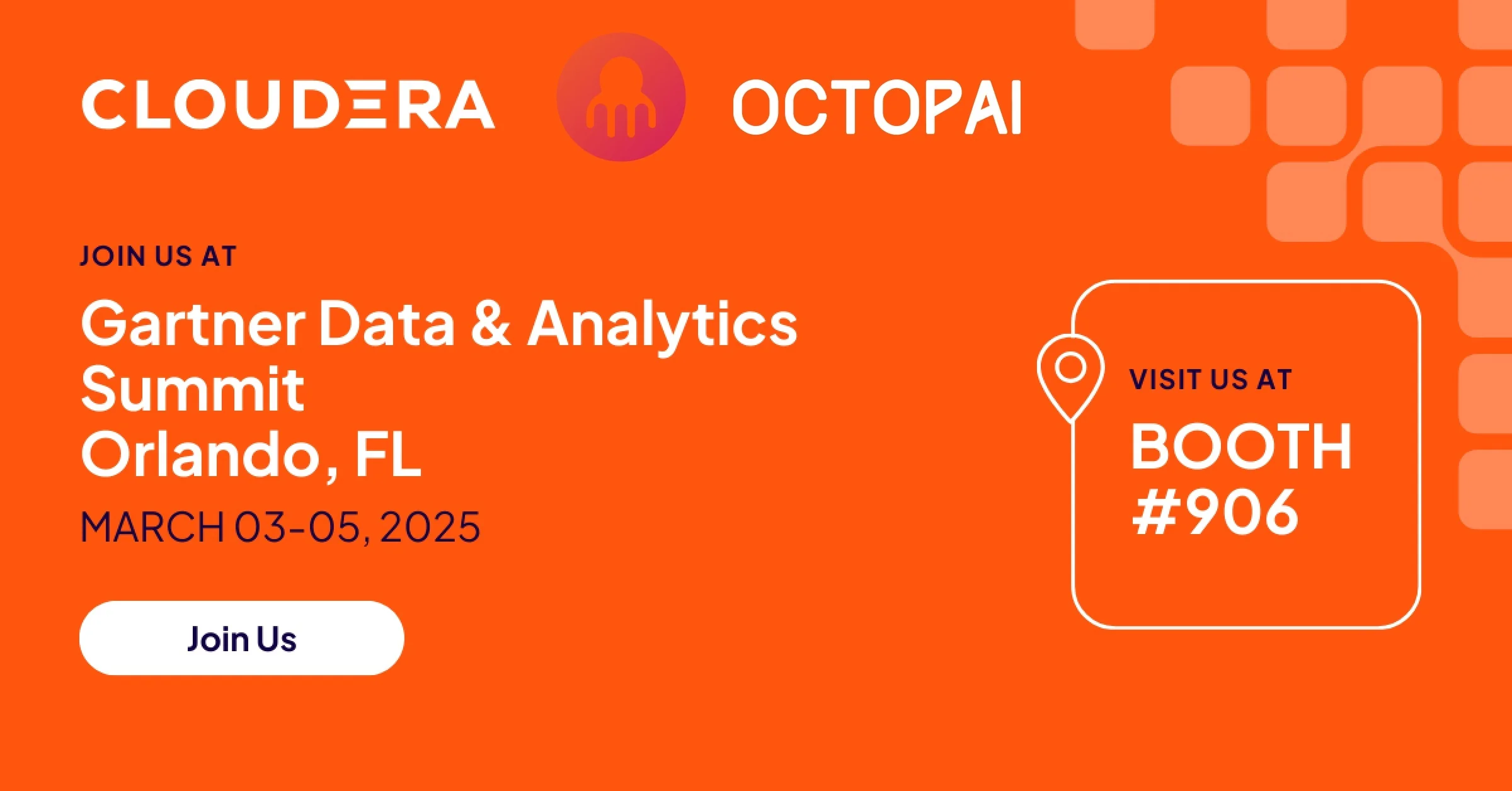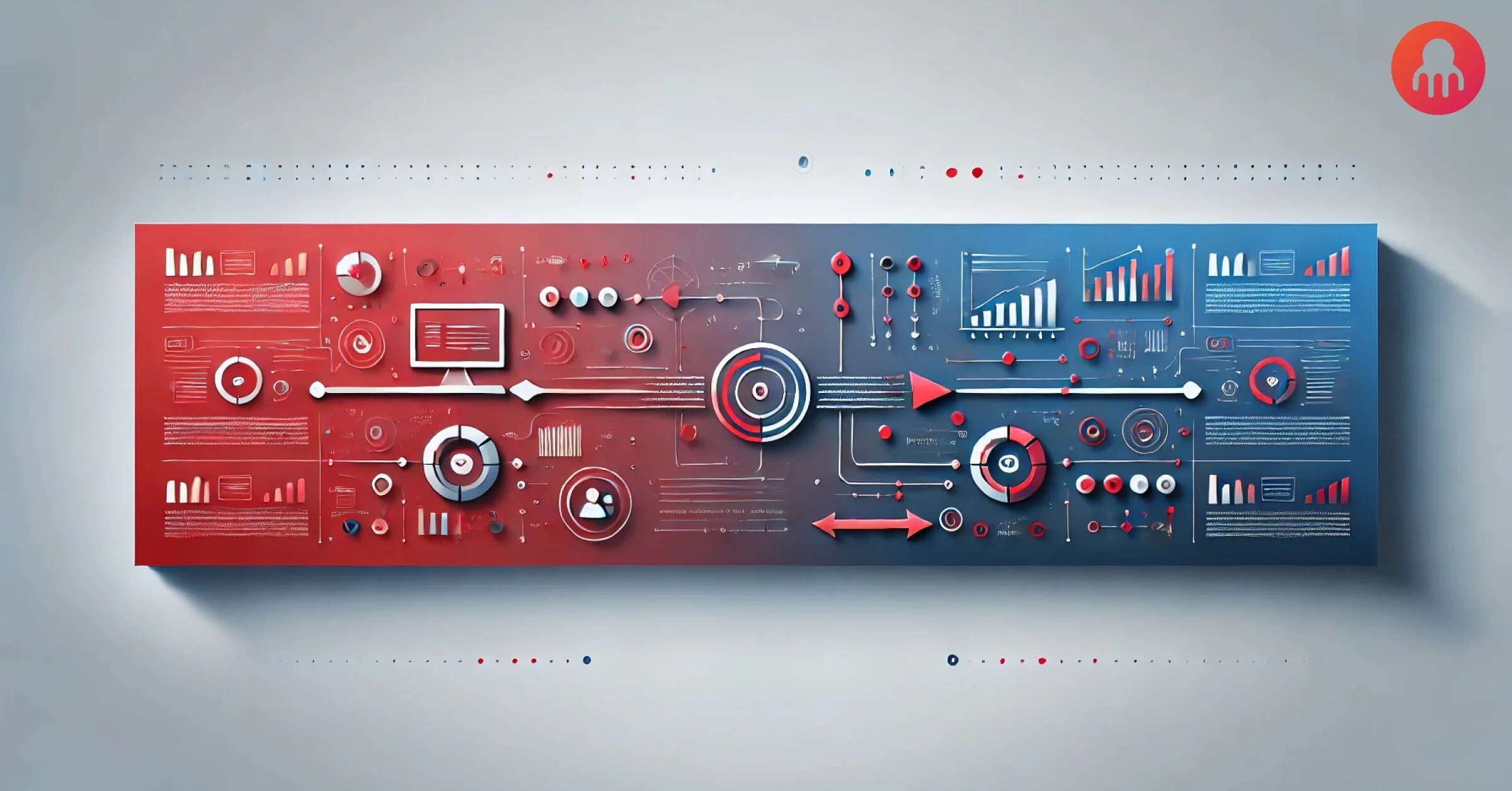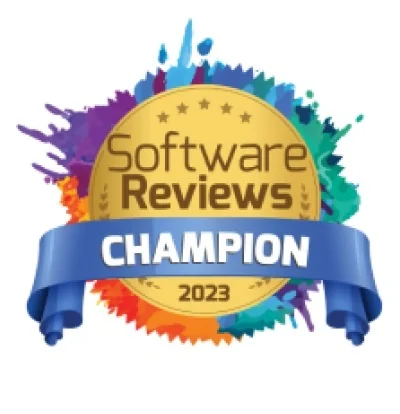BI (business intelligence) tools have come a long way in just the last few years.
At one time, BI reporting tools were notoriously cumbersome and difficult to use. Most enterprises making BI part of their overall business strategy employed professionals that had the knowledge and expertise to construct reports and dashboards the organization required. Often, this resembled a full-fledged software development cycle. It had its own documented requirements and multiple iterations of the build-test-debug cycle.
And once you built something, making the requested tweaks and enhancement required a fresh development cycle.
If that weren’t enough, business users often wanted to see key performance indicators (KPIs) based on information that was difficult to tease out of mountains of data held in diverse, siloed systems, databases, spreadsheets, and flat files. Part of the BI professional’s challenge was cobbling together the right sources to calculate the requested KPIs. Often, at least some of the data was dirty, incomplete, or both—if it existed at all.
BI Tools Enter the Modern Age
BI reporting tools like Microsoft’s Power BI, have evolved to the point where business users, with a modicum of training, can build and tweak their own dashboards and reports, without assistance from the BI team. However, Power BI and similar tools are much more “powerful” when they can leverage storage, computing power, and availability afforded by cloud platforms. And this means the data should ideally migrate to the cloud as well.
This is where the trouble lies. Migrating data to a cloud platform is a major undertaking. You don’t want to migrate garbage to the cloud; you want your BI reporting tools to have clean, consistent, unambiguous data with which to work.
Migrating Data to the Cloud Starts with Robust Data Management
Enterprises that fail to get a handle on their data environment will find migrating their data to a cloud platform an arduous task, beset with errors and false starts. At best, it will take longer than anticipated. At worst, the business users will eventually run out of patience and start wondering if the advantages of this cloud migration are a bunch of hype.
The secret is automation. With automated metadata discovery and data lineage tools, enterprises can determine:
-What data really needs to migrate
-What manipulations and cleanup should be performed in preparation for migration
-Which reports to migrate from the old reporting tool to the new tool
-How to build a new ERD without duplication or old patches
-How to reduce report duplication
-Whether any scheduling commands need to be rescheduled
This substantially simplifies the data migration process, because the business will have a better idea of the data assets it has and what needs to be migrated to enable a robust BI reporting environment.
With automated metadata discovery and management tools, a business can have a cloud-based BI solution in place in half the time it would normally take. The business users can start exploring the tool immediately, unlocking the value of the company’s data and enabling better decisions and faster response to market signals.
It’s time for businesses to bring their BI reporting environments into the modern world. Automation can help get them there.
This block is hidden since the ebook was unpublished!







